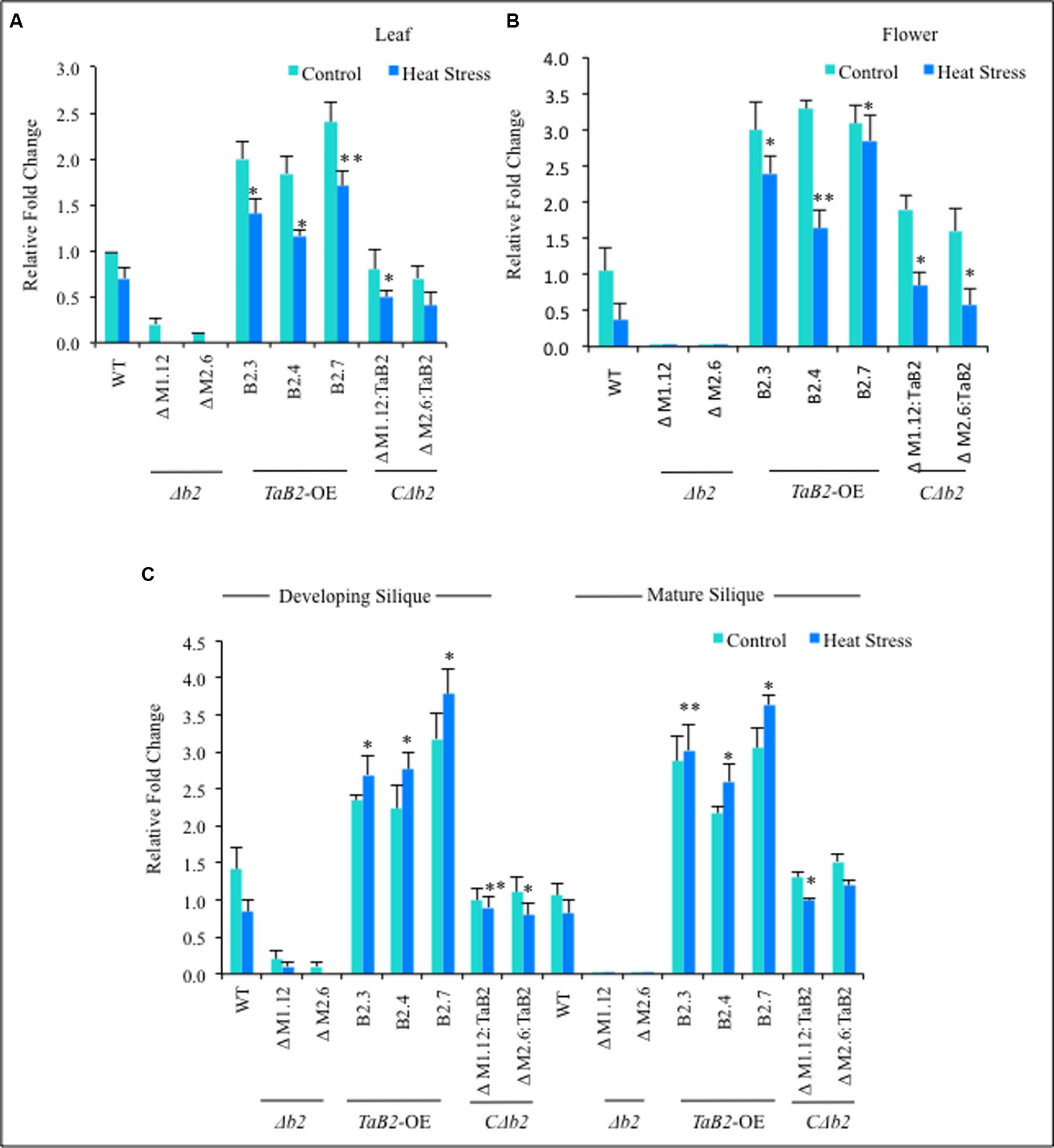Canada Grains Council 1999 Statistical Handbook Delhi


Canada Grains Council 1999 Statistical Handbook Of India. Canada Grains Council 1999 Statistical Handbook Delhi The National Academies Press (NAP). Canada Grains Council 1999 Statistical Handbook Of Violence. The Canada Grains Council Statistical Handbook QTY PRICE. Grains Council's Statistical Handbook. Disadvantages of various detection techniques for stored-product insects in. Grains industry statistical handbook 98. Canada Grains Council.
Return to Data Files for Agriculture Sort by Title, Data File Year Agriculture statistics from the Saskatchewan Ministry of Agriculture. Current Semi annual Current Current No longer produced Superceded by Statistics on Revenues and Expenses of Farms.
2008 - 1997-1999 revised data 1997-2000 Contains the boundaries of all 82 census agricultural regions. 2001 Also known as CARS.
Digital and cartographic boundary files. 2007 Also known as CARS. Digital and cartographic boundary files. 2013 Agriculture Census data for 1961 to 2001 in Excel format. 1961- 2001 1971 1981 1986 Saskatchewan and Canada files only 1991 Beyond 20/20 data tables in Zip format. 2001 2001 Data tables in html and Beyond 20/20 format. 2001 Data tables in HTML and Beyond 20/20 format.
2001 Contains the boundaries of all 82 census agricultural regions. 2007 2012 [prod] Acreage, yield and production figures for various crops, by agricultural region. 2007 Produced by the International Monetary Fund.
Time series data for approximately 200 countries covering the period from 1948-1980. 2006 Also known as ESAS. 2003 Also known as ESAS 2004 Also known as ESAS. 2005 Also known as ESAS. 2006 Also known as ESAS 2007 Also known as FAOSTAT The National Soil Database is available from the Agriculture and Agri-Food Canada website. This database provides soil, landscape, and climate data for all of Canada.
Data is freely available from links that are posted on the website. Part of the 1991 Census of Agriculture. 1991 Annual international trade statistics, provided by over 130 countries, detailed by commodity and partner country.
Coverage: 1962 - Present 2011 Country profiles, economic and demographic data. 2005 Print version to 2004 available in Gov. Pubs stacks: CA1 BS21: C004 2000- Agricultural Maps • • • - digital boundary files in Arcinfo format • - delineates areas of significant agricultural activity in Canada as indicated by the 2001 Census of Agriculture. The agricultural ecumene enables users to thematically map data aggregated to the census division level. Newgrounds Swf Converter To Gif. Other Survey Files More microdata files are available through the.
If there is a file that you would like that is not on the list, please contact. For further information or assistance, contact. Return to main page.
3 Campus Drive, Saskatoon, Saskatchewan, Canada, S7N 5A4 Phone: (306) 966-5927 Fax: (306) 966-5932 .
Cereal grains are the major source of food for humans and most domesticated animals. In many developing countries, overall post-harvest losses of cereals and legumes of about 10–15% are fairly common. Consumption of cereals and legumes by pests such as insects during storage and microbial spoilage or contamination may make these totally inedible. On farms, manual samples, traps, and probes have been used to determine the presence of insects. Manual inspection, sieving, cracking-floatation and Berlese funnels are being used at present to detect insects in grain handling facilities.
These methods are not efficient and are time consuming. Acoustic detection, carbon dioxide measurement, uric acid measurement, near-infrared spectroscopy, and soft X-ray method have the potential for use at the industry level to detect insects in grain samples as their usefulness has been demonstrated in the research laboratories. Researchers have developed image analysis programs to automatically scan X-ray images to detect insect infestations. The use of near-infrared (NIR) spectroscopy has been investigated to detect hidden insects in wheat kernels. X-ray and NIR spectroscopy methods are cost prohibitive and current NIR instrumentation requires complex operating procedures and calibrations. The advantages and limitations of these insect detection methods are evaluated and the advantages of one technique over the other are described in this paper.
• Previous article in issue • Next article in issue.